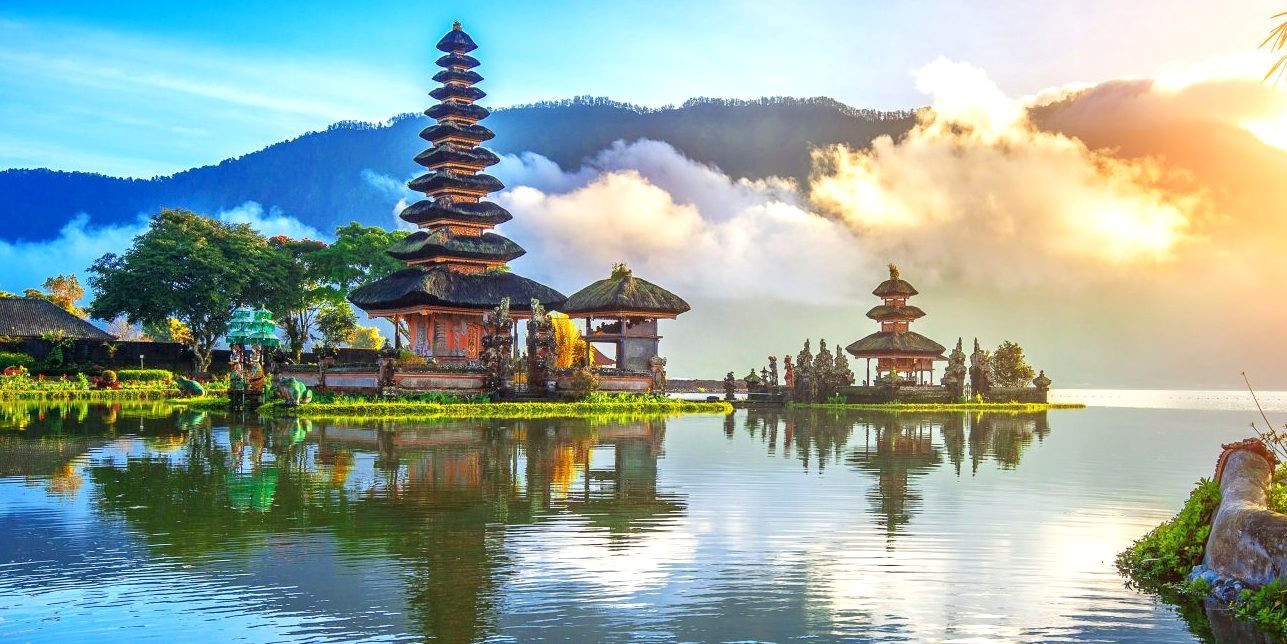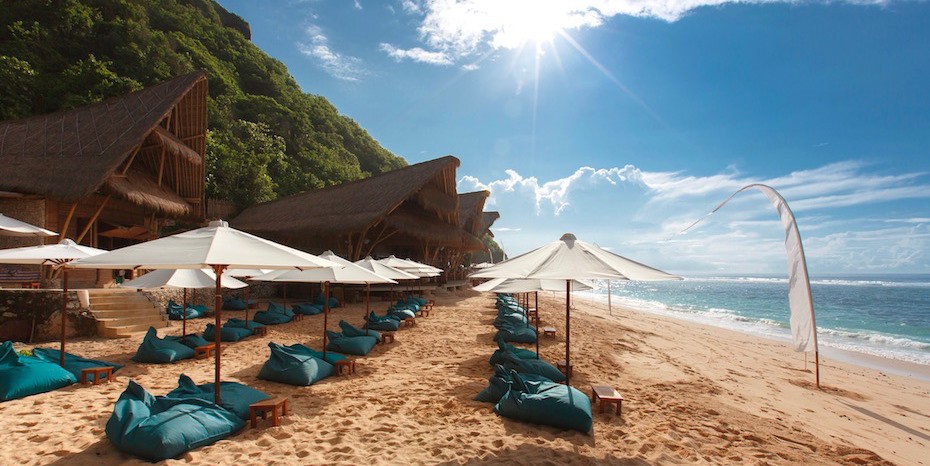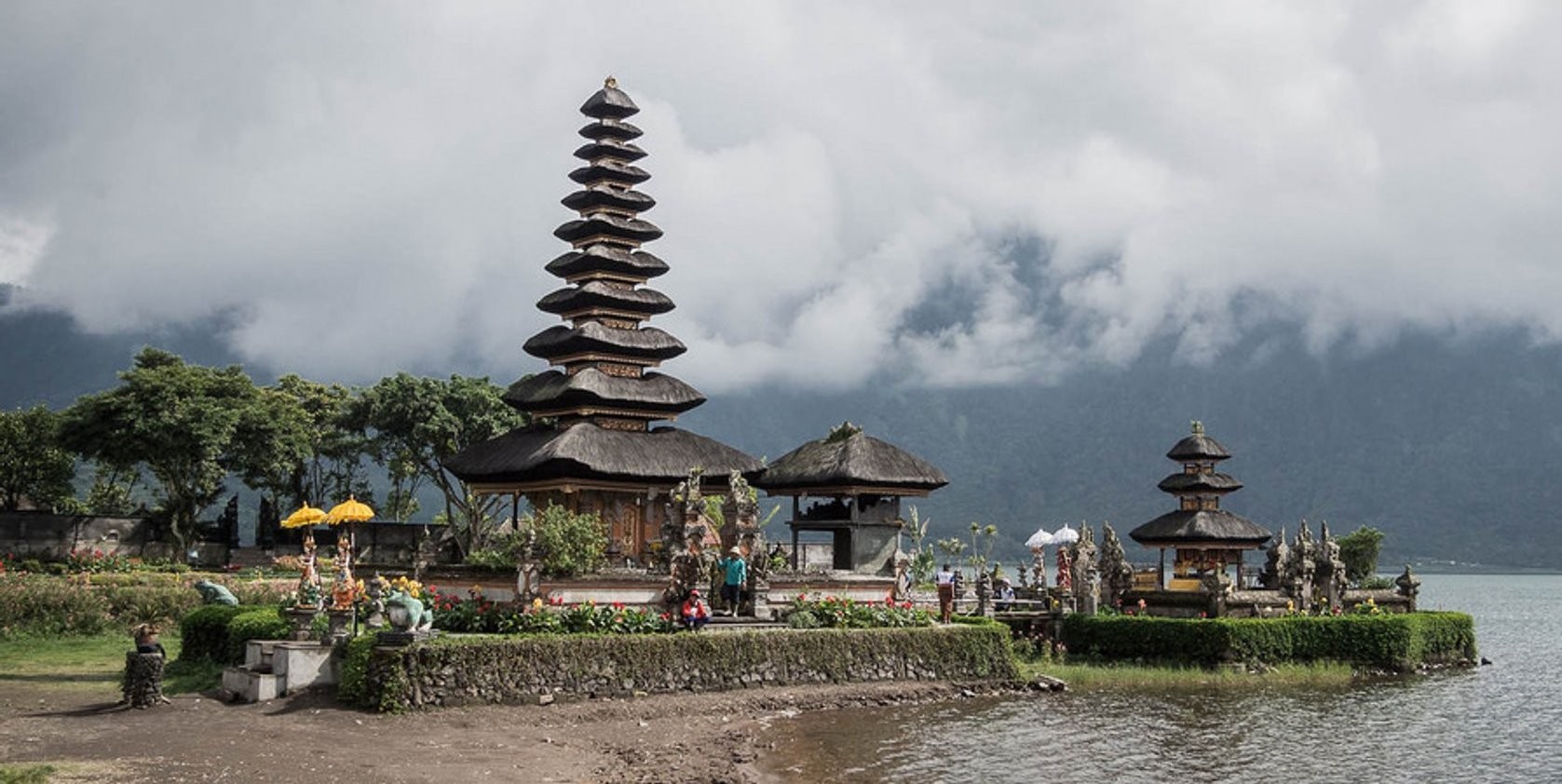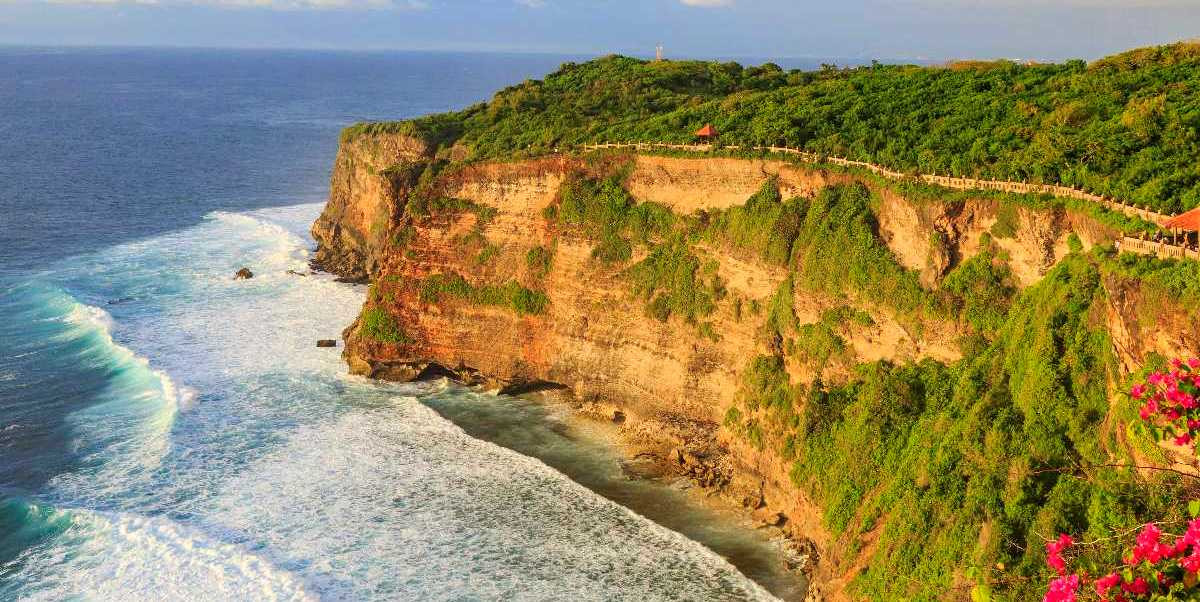When planning a trip to the enchanting island of Bali, timing is everything. Known for its breathtaking landscapes, rich cultural heritage, and vibrant nightlife, Bali offers a diverse experience that varies significantly with the seasons. To make the most of your visit, it's crucial to understand the best time to visit Bali. Generally, the dry season, spanning from April to October, provides sunny days and low humidity, ideal for beach excursions, surfing, and exploring the lush outdoors. Alternatively, the rainy season from November to March offers its charm with fewer tourists, lower prices, and the stunning beauty of rain-refreshed nature. Each season in Bali presents a unique allure, making this destination a year-round paradise with specific appeals depending on your travel preferences. Whether you seek the lively beach parties of the dry months or the serene solitude of the wet season, planning according to Bali's weather and tourism cycles ensures a fulfilling getaway.

At Relax Getaways, we pride ourselves on being the premier choice for travelers seeking the ultimate Bali experience. Understanding the best time to visit Bali is key to planning an unforgettable vacation, and we are experts in crafting trips that align perfectly with Bali's optimal travel seasons. Whether you're drawn to the vibrant beach life and clear skies of the dry season or the lush, serene landscapes of the rainy season, our tailored itineraries are designed to ensure you experience Bali at its finest. With our deep local knowledge and commitment to quality, Relax Getaways ensures that every detail of your journey is handled with precision and care, making us the best company to help you discover the true spirit of Bali at the perfect time. Join us to explore Bali's stunning beauty and cultural richness at the best possible moments throughout the year.
Bali in Dry Season (April–October)
Visiting Bali during the dry season, which spans from April to October, is a popular choice for travelers seeking the quintessential island experience with plenty of sunshine and little rainfall. Here are some of the highlights and considerations for visiting Bali in these months:

-
Optimal Weather Conditions: The dry season features lower humidity and minimal rain, creating ideal conditions for exploring the island’s numerous attractions. With temperatures averaging around 27°C (80°F), it’s perfect weather for beach activities, water sports, and inland excursions.
-
Best Time for Outdoor Activities: This period is excellent for outdoor adventures. Whether it's hiking through the lush landscapes of Ubud, surfing in Kuta, or diving near Menjangan Island, the clear skies and calm waters enhance the experience. Additionally, the sunsets during these months are spectacular, especially from places like Uluwatu and Tanah Lot.
-
Festivals and Cultural Events: The dry season also coincides with several cultural events in Bali. Celebrations such as the Bali Arts Festival in June and July showcase traditional Balinese dance, music, and crafts. Other notable events include the Kite Festival, where colorful kites fill the skies, and Independence Day celebrations on August 17.
-
Peak Tourist Season: It’s important to note that July and August fall within the peak tourist season, resulting in crowded beaches, tourist hotspots, and higher accommodation rates. Booking in advance is recommended to secure the best deals and avoid the crowds.
-
Ideal for Family and Leisure Travel: The predictable weather makes it easier for families to plan their days with confidence, from long beach days to poolside relaxation at resorts. Many hotels and resorts offer special activities and amenities tailored to the dry season, enhancing the leisure experience.
-
Varied Dining and Nightlife Options: With the influx of tourists, the island’s dining and nightlife scenes are vibrant during these months. Seminyak and Canggu become bustling hubs of activity, offering everything from traditional Balinese cuisine to international dishes.
The dry season in Bali from April to October provides fantastic opportunities for a fulfilling vacation, combining great weather, vibrant cultural expressions, and a plethora of activities suited to all types of travelers.
Rainy Season (November–March)
Visiting Bali during the rainy season, which runs from November to March, offers a different yet equally rewarding experience compared to the popular dry season. Here are some key aspects to consider if you're planning a trip during these wetter months:

-
Lush Greenery and Vibrant Landscapes: The rainy season transforms Bali into a verdant paradise, with rice terraces and forests becoming even more lush and green. This is the perfect time for photographers and nature enthusiasts to capture the beauty of Bali's landscapes at their most vibrant.
-
Reduced Crowds and Lower Prices: One of the biggest advantages of visiting Bali during the rainy season is the decrease in tourist traffic. This means fewer crowds at popular attractions such as temples, beaches, and cultural sites. Additionally, many hotels and resorts offer lower rates during these months, making it a great time for budget-conscious travelers.
-
Warm and Humid Weather: The climate during the rainy season is typically warm, with temperatures ranging between 25°C to 30°C (77°F to 86°F). However, high humidity and frequent, albeit short, downpours are common. Rain usually falls in the late afternoon or evening, leaving much of the day clear and pleasant.
-
A Season for Cultural Immersion: The rainy season coincides with several significant Balinese cultural and religious events, such as Galungan and Kuningan, which celebrate the victory of good over evil. Experiencing these festivals provides a deeper insight into the spiritual and communal life of the Balinese.
-
Ideal for Relaxation and Wellness: The cooler, quieter months of the rainy season are perfect for those looking to relax and rejuvenate. Bali's world-renowned spas and wellness retreats offer a range of treatments that are ideal for the cooler, sometimes wetter, days—ranging from traditional Balinese massages to full-body treatments.
-
Practical Considerations: When traveling during the rainy season, it's advisable to pack light rain gear and waterproof bags for your electronics. The roads can be slippery, and transportation may be slightly slower, so it’s wise to plan extra travel time for any activities scheduled.
-
Enjoying Indoor and Cultural Activities: The rainy season is a good time to explore Bali’s indoor attractions such as art galleries, museums, and cafes. Workshops on Balinese cooking, craft, and art also offer enriching ways to spend the rainy hours.
In summary, Bali's rainy season offers unique attractions and advantages, from lush landscapes and cultural festivities to fewer tourists and reduced prices. With a little preparation and flexibility, you can enjoy a rich and fulfilling holiday experience.
Best Weather in Bali
The best weather in Bali typically occurs during the dry season, which spans from April to October. This period is characterized by lower humidity, minimal rainfall, and plenty of sunshine, making it the most favorable time for tourists to visit the island. Here are some key aspects of Bali's weather during this peak season:

-
Sunny Days: The dry season in Bali is known for its consistent sunny days, which are ideal for beach activities, water sports, and exploring the island's natural and cultural attractions. The sunshine is abundant, allowing visitors to fully enjoy the outdoors from sunrise to sunset.
-
Low Humidity: Compared to the rainy season, the dry season offers lower humidity levels, which makes the tropical heat more bearable. This comfortable climate encourages tourists to engage in various activities without the discomfort that higher humidity can bring.
-
Cooler Evenings: Evenings during the dry season can be pleasantly cool, especially in higher elevation areas like Ubud or the central mountains. This makes for enjoyable evening strolls and dinners outdoors, where you can savor the balmy weather without the intensity of daytime heat.
-
Optimal Water Conditions: For water sports enthusiasts, the dry season provides the best conditions for diving, snorkeling, and surfing. The sea is generally calmer and clearer, which enhances underwater visibility and safety for all kinds of aquatic adventures.
-
Spectacular Sunsets: The clear skies during the dry season produce some of the most spectacular sunsets, particularly on the west coast of Bali at beaches like Kuta, Seminyak, and Canggu. These moments are not only breathtaking but also provide perfect opportunities for memorable photographs.
-
Ideal for Festivals and Events: Bali's dry season coincides with a vibrant array of cultural festivals and events. From the Bali Arts Festival to various local temple festivities, the weather supports outdoor performances and gatherings, allowing visitors to experience the rich cultural tapestry of the island.
While Bali is a beautiful destination year-round, the dry season offers the most advantageous weather for tourists seeking to explore the island's beaches, cultural sites, and outdoor activities in comfort and style. Whether you're looking to relax on the beach, dive into the rich Balinese culture, or embark on outdoor adventures, the dry season's weather facilitates an ideal vacation experience.
Bali Weather Month by Month
January
-
Weather: Humid and rainy, with high precipitation levels.
-
Activities: Ideal time for indoor activities like spa treatments and visiting museums.
February
-
Weather: Similar to January, with frequent rain showers but slightly decreasing towards the end.
-
Activities: Good month for enjoying the lush greenery and attending cultural shows indoors.
March
April
-
Start of Dry Season: Decreasing rainfall, making way for more sunny days.
-
Activities: Great for outdoor activities like beach outings and hiking as the landscape remains vibrant.
May
-
Weather: Warm and sunny with low humidity, one of the best months weather-wise.
-
Activities: Perfect for diving, snorkeling, and enjoying water sports as the sea conditions improve.
June
-
Weather: Dry, sunny, and pleasant, with temperatures ideal for exploring the island.
-
Activities: Ideal for attending the Bali Arts Festival and other cultural festivities.
July
-
Weather: Dry and sunny. Peak tourist season due to European and North American summer holidays.
-
Activities: Busy month for all tourist activities; early booking recommended for accommodation and tours.
August
-
Weather: Continues to be dry and sunny, with some of the lowest humidity of the year.
-
Activities: Great for outdoor adventures and late-night cultural festivals.
September
-
Weather: Still dry with occasional late-season rain showers starting.
-
Activities: Less crowded, suitable for those looking to avoid the peak season rush but still enjoy good weather.
October
-
Weather: Transition month with increasing rain as the month progresses.
-
Activities: Good for surfing, as the wind patterns shift, creating excellent waves.
November
-
Start of Rainy Season: Increased rainfall but still interspersed with sunny days.
-
Activities: Start of the low season, with fewer tourists and lower prices.
December
-
Weather: High rainfall, especially towards the end of the month.
-
Activities: Popular time for holiday travelers; festive events and celebrations in full swing despite the rain.
Each month in Bali offers different possibilities depending on your interests and tolerance for rain. Planning your activities around the weather patterns can help you make the most of your trip, whether it's during the dry clarity of May or the lush wetness of December.
Choosing the best time to visit Bali depends on your preferences and what you want from your trip. For sunny weather and outdoor activities, the dry season from April to October is ideal. If you prefer a quieter visit with lush landscapes and lower costs, the rainy season from November to March might be better. Each season in Bali offers unique experiences and attractions, making it a wonderful destination year-round. With thoughtful planning, any time can be the perfect time to explore Bali’s diverse beauty.
FAQs for Best Time to Visit Bali
Q: When is the best time to visit Bali for good weather?
A: The best time to visit Bali for optimal weather is during the dry season from April to October, when the island experiences less rain and lower humidity, making it perfect for beach activities and sightseeing.
Q: What are the peak tourist months in Bali?
A: The peak tourist months in Bali are July and August, coinciding with the European and North American summer holidays. December also sees a spike due to the Christmas and New Year holidays.
Q: Can you visit Bali during the rainy season?
A: Yes, Bali can be visited during the rainy season from November to March. While there are more rain showers, the island is less crowded, accommodations are often cheaper, and the landscapes are lush and vibrant.
Q: What is the best time to visit Bali for surfing?
A: The best time for surfing in Bali depends on the coast. The west coast of Bali, including spots like Kuta, Legian, and Canggu, is best from April to October, while the east coast is ideal from November to March.
Q: When should I visit Bali to avoid the crowds?
A: To avoid the crowds, consider visiting during the shoulder months such as May, June, and September. These months offer great weather and fewer tourists compared to the peak season.
Q: Is it cheap to visit Bali during the rainy season?
A: Yes, visiting Bali during the rainy season can be cheaper in terms of accommodations and other tourist services due to lower demand. This is a good time to enjoy budget-friendly travel with the added benefit of experiencing Bali’s cultural events and lush greenery.
Q: What cultural events can I experience in Bali?
A: Bali hosts numerous cultural events throughout the year. Notable events include the Bali Arts Festival in June and July, Nyepi (the Balinese Day of Silence) in March, and Galungan and Kuningan, which occur every 210 days.
Q: Are there any months I should completely avoid visiting Bali?
A: There are no months that should be completely avoided when visiting Bali. Each month has its own set of benefits and considerations depending on what you're looking for in a vacation.
For the Nepal tour, please click here.
If you are looking for different kinds of Nepal Tours or Trekking Packages, feel free to contact us.





